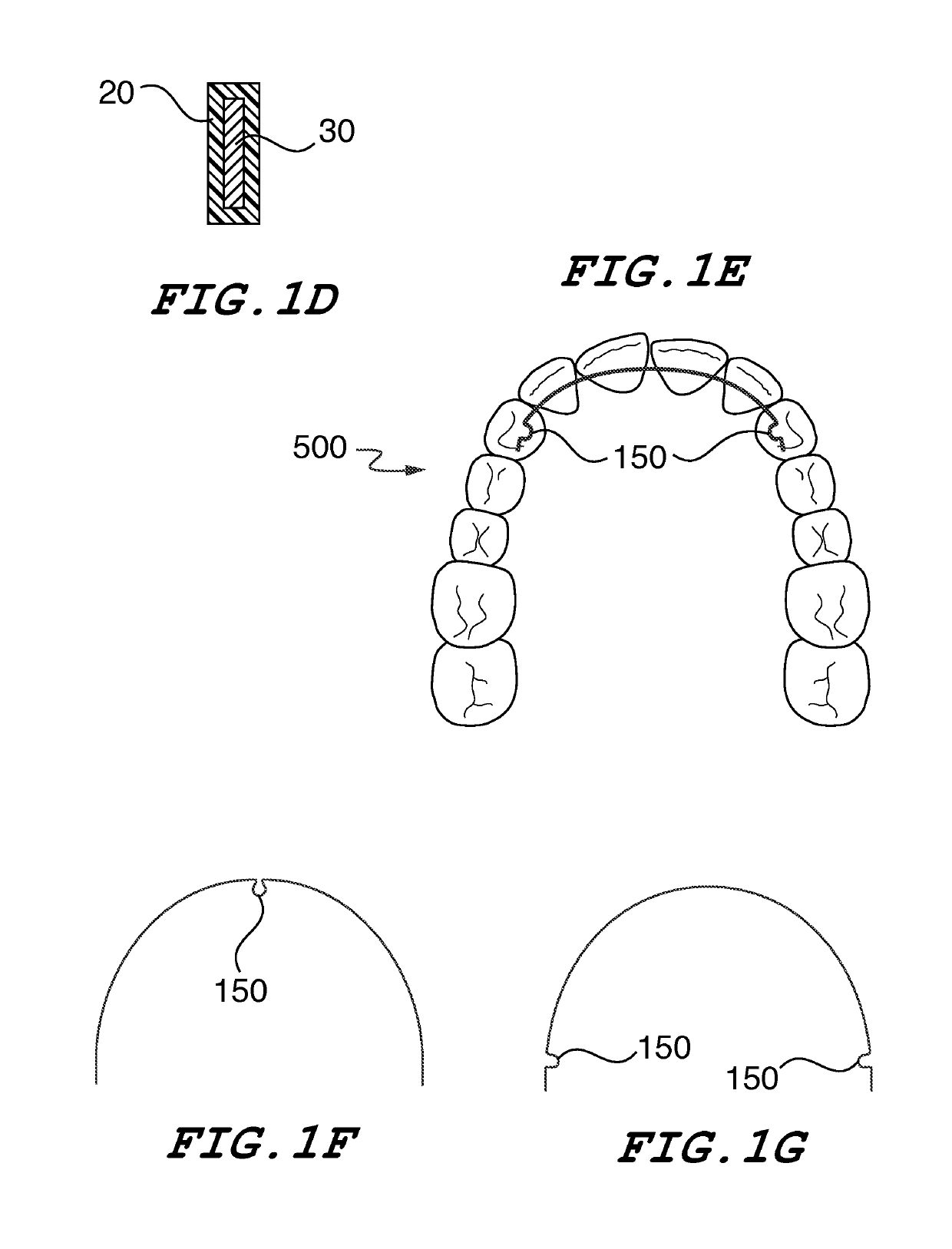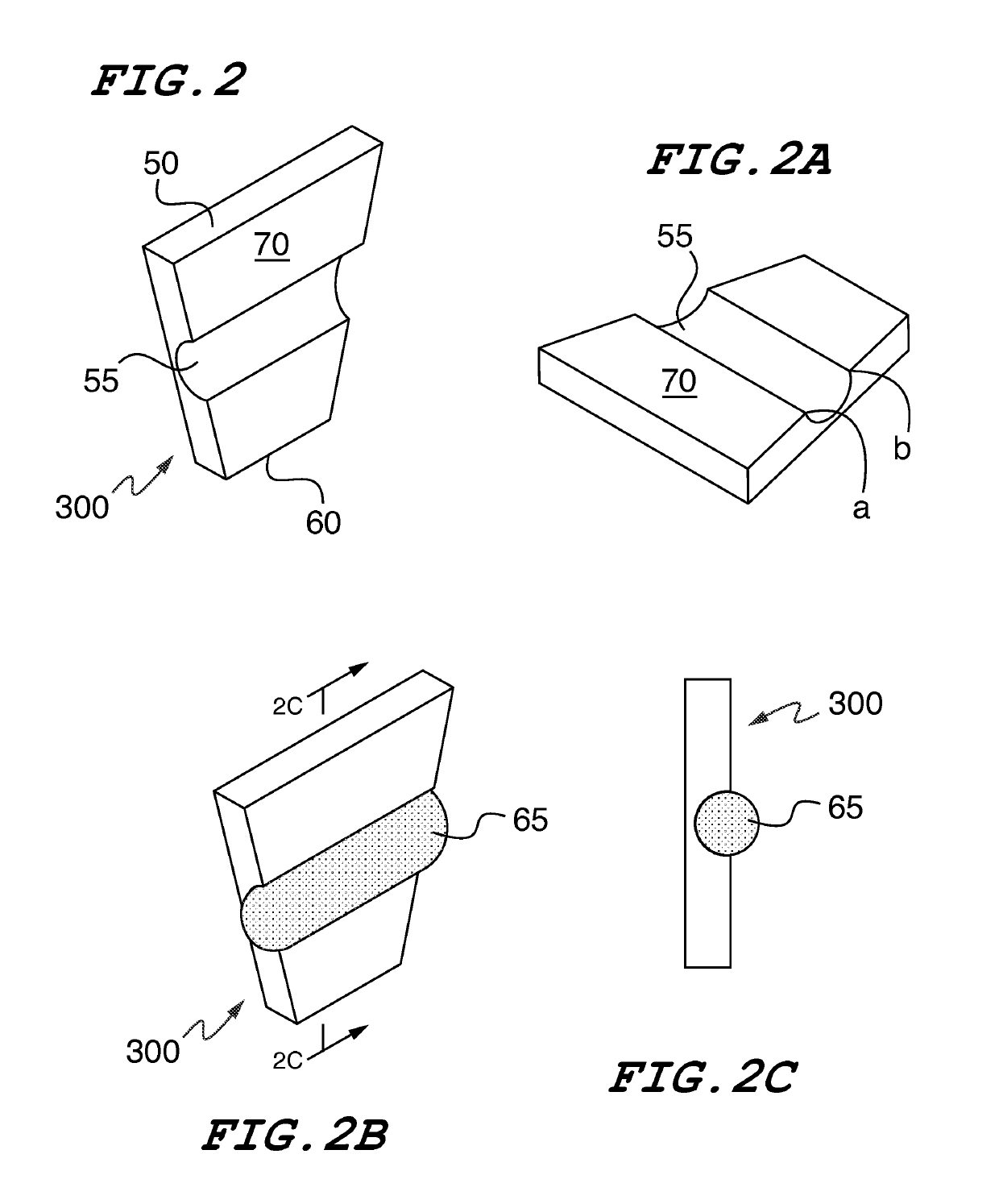Orthodontic wire alignment system and method
a wire alignment and orthodontic technology, applied in the field of orthodontics, can solve the problems of minor mal-alignment of teeth, inability to obtain proper arch forms, improper arch forms, etc., and achieve the effect of precise positioning of wires and minimizing contamination
- Summary
- Abstract
- Description
- Claims
- Application Information
AI Technical Summary
Benefits of technology
Problems solved by technology
Method used
Image
Examples
Embodiment Construction
[0014]The present invention employs wire of the same dimensions and properties as the nickel titanium wires used in typical orthodontic treatments, that is, super-elastic metal wires including those of nickel titanium or copper nickel titanium, beta titanium, and stainless steel. The wires according to the invention are most preferably super-elastic or heat activated super-elastic wires. The tensile and other physical properties of such wires when placed in the required configuration to the teeth impart a force onto the teeth that allow tooth movement to occur within the buccal cavity until the point where the desired visual effect is achieved. Preferably according to the invention, wire arch forms are pre-formed in various lengths and gauges to accommodate the needs of a variety of different patients. Though they are called “arch forms”, the actual shape of the pre-formed wire arch forms may not be “arch-shaped” depending on their intended application—for example, a full-mouth ling...
PUM
 Login to View More
Login to View More Abstract
Description
Claims
Application Information
 Login to View More
Login to View More - R&D
- Intellectual Property
- Life Sciences
- Materials
- Tech Scout
- Unparalleled Data Quality
- Higher Quality Content
- 60% Fewer Hallucinations
Browse by: Latest US Patents, China's latest patents, Technical Efficacy Thesaurus, Application Domain, Technology Topic, Popular Technical Reports.
© 2025 PatSnap. All rights reserved.Legal|Privacy policy|Modern Slavery Act Transparency Statement|Sitemap|About US| Contact US: help@patsnap.com



